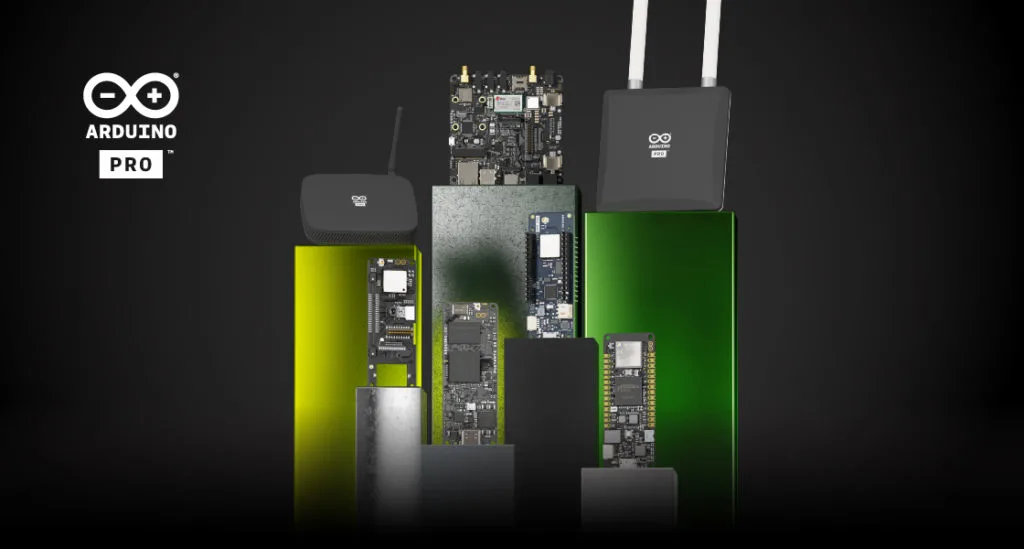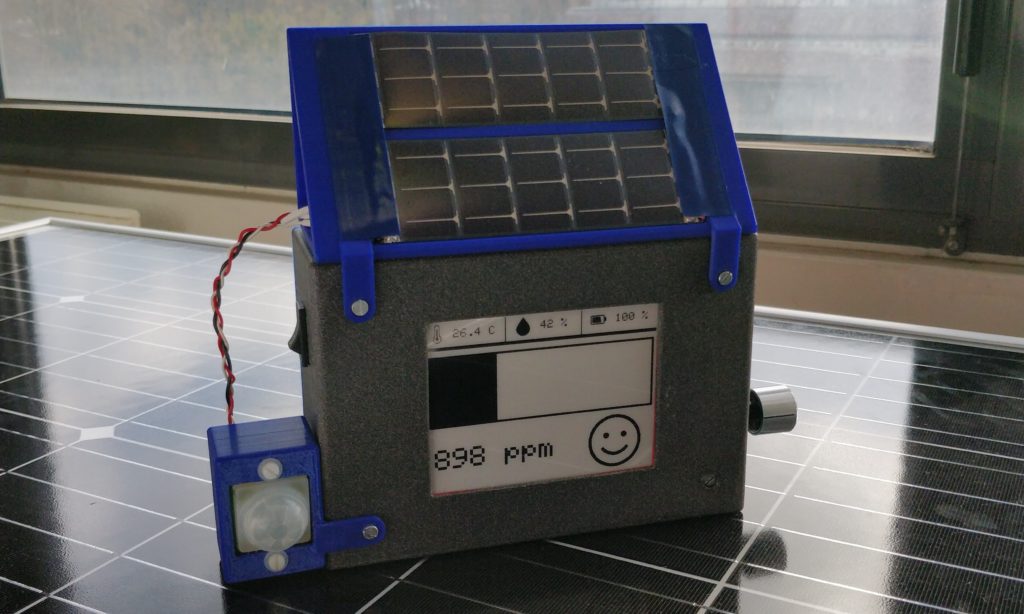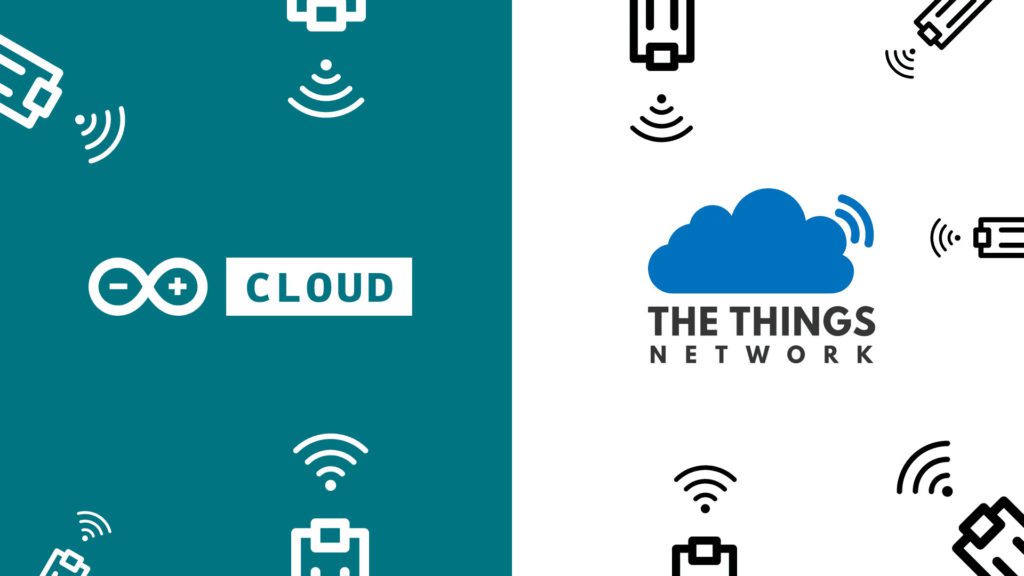Schlagwort: LoRaWAN
-

Let’s connect at The Things Conference 2023
Reading Time: 4 minutesIt’s time to catch up on all things LoRaWAN® and low-power IoT! Our team is looking forward to returning to The Things Conference this year, joining all LoRa® key players in Amsterdam on September 21st-22nd. Our experts will be showcasing new products and applications relevant to the technology that is putting the…
-

The Squirrel Box aims to bring trust to smart agriculture
Reading Time: 2 minutesIt may not be as exciting as other fields, but agriculture is incredibly important to humanity and technological advances have increased yields, efficiency, and productivity many times throughout history. All of the evidence suggests that smart agriculture is going to be at the heart of the next big technological leap and that…
-

Small, MKR WAN 1310-powered device monitors CO2 levels in classrooms
Reading Time: 2 minutesHumans are animals and like all animals, we evolved in mostly outdoor conditions where the air is nice and fresh. But modern society keeps most of us indoors the vast majority of the time, which could have negative health effects. There are many potential hazards, including a lack of sunlight and psychological…
-

Love LoRa®? So do we! Meet Arduino’s WisGate LoRaWAN® gateways
Reading Time: 3 minutesLove LoRa®? Wish it were easier to design and implement complete solutions with LoRaWAN® connectivity? Now it is. We’re happy to announce the launch of two new ready-to-use, industrial-grade gateways for LoRaWAN® connectivity for indoor and outdoor use, resulting from Arduino Pro’s partnership with RAKwireless™. The WisGate Edge Lite 2 and WisGate…
-

Connect to Arduino Cloud from far away with LoRaWAN and The Things Stack
Reading Time: 3 minutesThe Things Stack (TTS) and Arduino Cloud are now fully interfaced and open up a world of connected opportunities. When you configure a LoRaWAN device now, it’ll automatically be registered on The Things Stack platform, too. Arduino Cloud Goes Long Range Let’s have a quick crash course in LoRaWAN, before we go…




